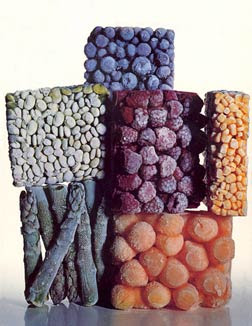When I was going home today after a long day of class, I followed my normal routine and walked to the 23rd street subway station to take the train home. When I was waiting on the subway platform, I grew increasingly restless and looked all around for things to stare at. My eyes rested on a curious tile on the subway wall. It said “Marie Curie, Physicist.” I thought to myself, what does this tile mean? It was then that I realized the tile corresponded to the hat mosaic above it. I’ve always noticed the hats floating around all throughout the subway platform wall, but this was the first time that I noticed their meaning. I started to look around at other hats and who they corresponded to, and that task got me walking up and down the platform to look at all the mosaic art on the wall. Other famous people whose hats are shown include: Gertrude Vanderbilt Whitney, sculptor and art patron; Fay Templeton, vaudeville actress; and suffragist Maud Nathan. I was actually really surprised that out of the past month that I’ve been going to this station, I only realized this today. It made me think about what I can notice about the world if I just took the time to look and observe.
As soon as I got home, I searched up the subway art, and it turns out that this was the art installation titled “Memories of Twenty-Third Street” by artist Keith Godard. It pays homage to all the regular patrons of this very neighborhood in the 20th century. Once a center of culture, fashion, and entertainment, the Flatiron area was once bustling with actresses, dancers, and people of all backgrounds. It tells a story of times long gone and the people who lived it. After learning the meaning and the reason behind this art, I appreciate it much more than when I only passively glanced at the tile mosaics on the wall, thinking that they were just for decoration and that they didn’t have much meaning. This really proves that in New York City, you can find art in the everywhere, even in the most quotidian of places.
——Joanna Huang
From top to bottom: Subway station mosaic, Gertrude Vanderbilt Whitney’s hat, Marie Curie’s hat. (Photos by Joanna Huang)













